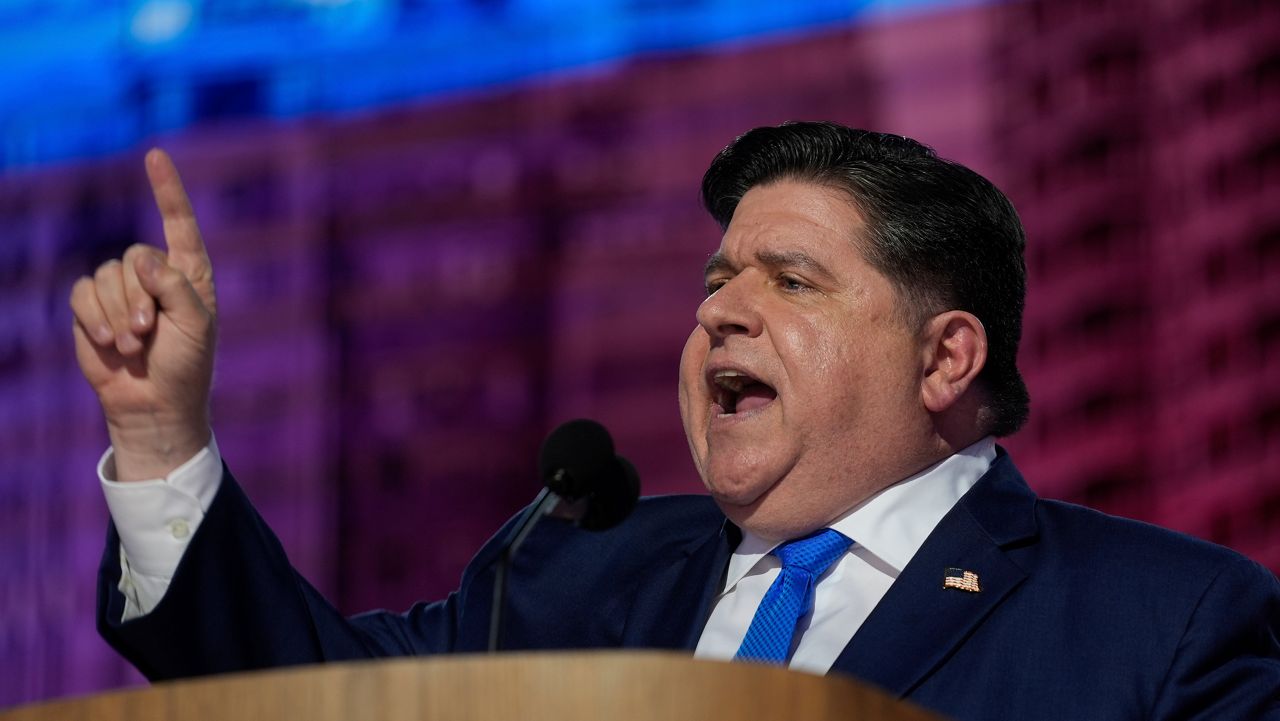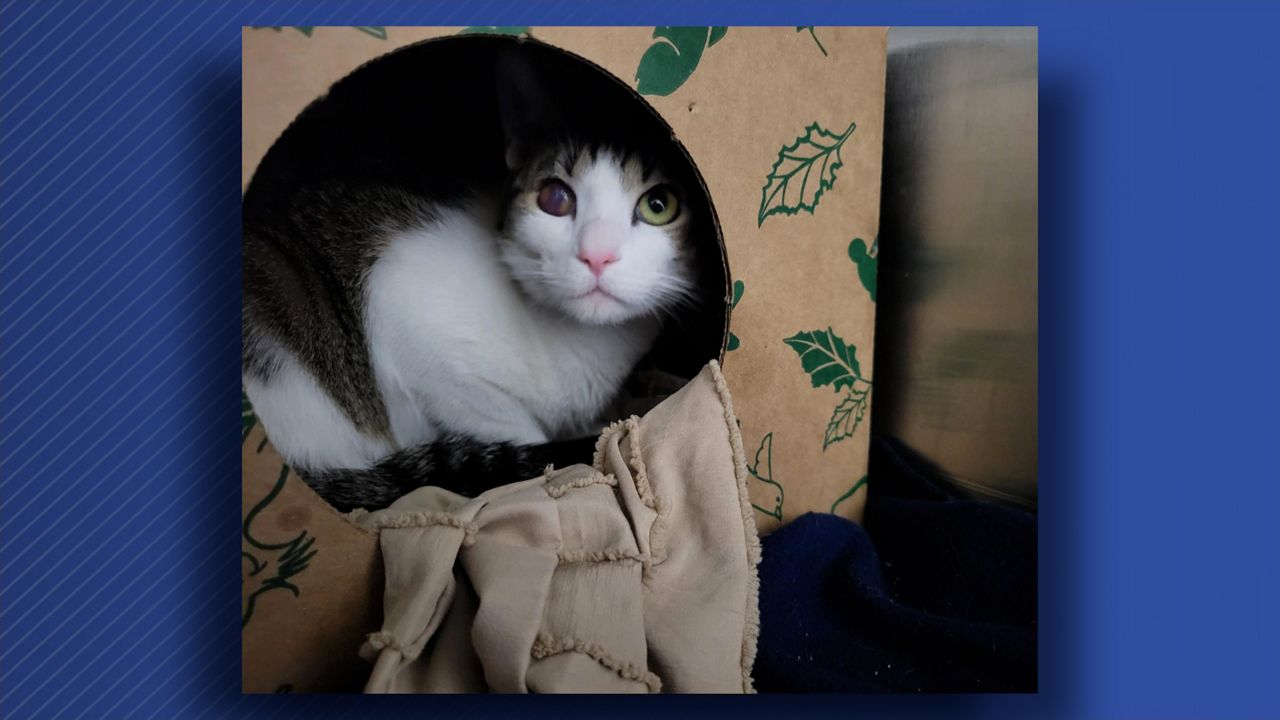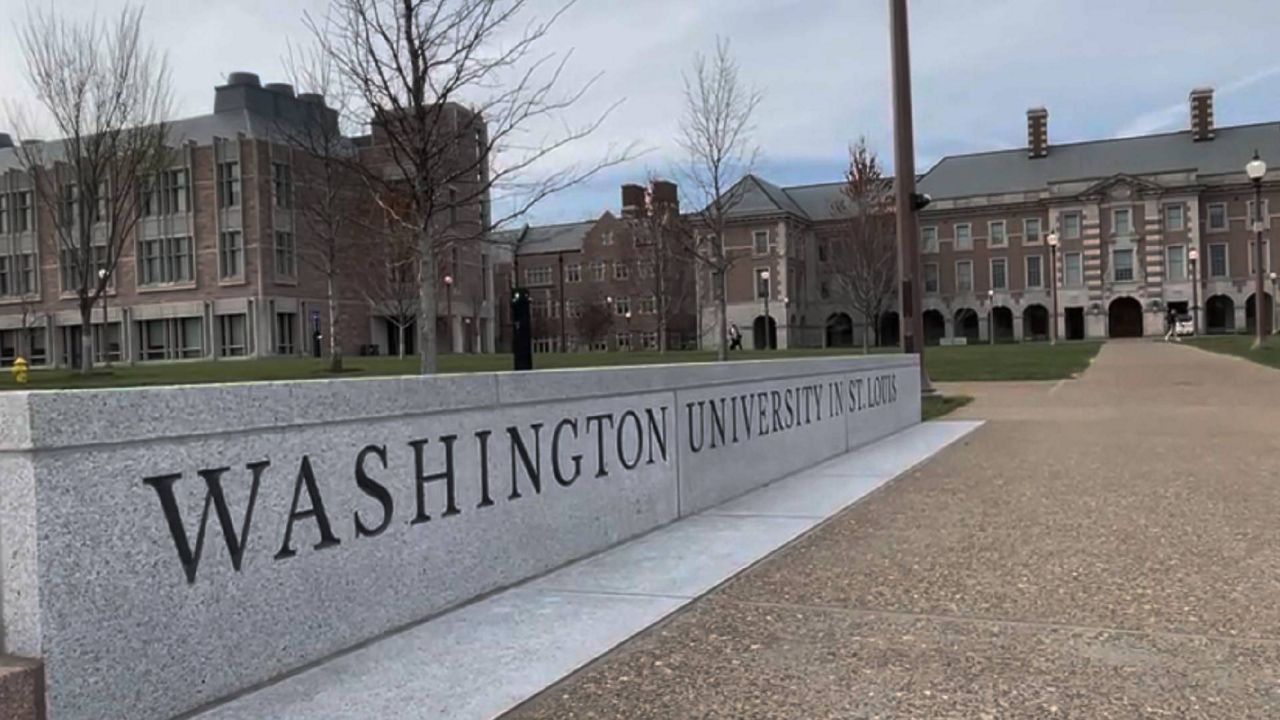ST. LOUIS — As monarch butterflies have significantly declined in recent years from threats to their natural habitats and food sources, last week the International Union for Conservation of Nature (IUCN) put the ionic insect on its red list of endangered species.
After noticing a decline in monarchs over the past 20 years in North America, the U.S. Fish and Wildlife Service listed the insect species as endangered in December 2020.
Eastern monarch butterfly populations have declined by 90% and western populations have declined by 99%.
“Worldwide, butterflies are pollinators, and as such, they’re very important for life on our planet,” said Chris Hartley, entomologist and science education coordinator for The Butterfly House. “Pollinators help plants make seeds and fruit, which continues the whole cycle there.”
Primary threats to monarchs include the effects of climate change, exposure to insecticides, changes in breeding, migratory and overwintering habitat caused by conversion of grasslands to agriculture, urban development, widespread use of herbicides, loss of winter habitats in Mexico and California, according to the U.S. Fish and Wildlife Service.
“Butterflies are also important for a reason that is not often thought of, but that’s to be part of the food chain,” Hartley said.
“When a bird is nesting, it needs insects to feed its babies, so (butterflies) have two very crucial links in the ecosystem.”
As Missouri is a stop on monarch butterflies’ migration path, there are hundreds of native plants that support and promote their habitat and pollinators overall, such as milkweed plants, goldenrods and black-eyed Susans.
The Butterfly House has its own program to support and protect the species’ habitat. Launched in 2016, Project Pollinator was created to “educate the public about the importance of pollinators, beyond the familiar bees and butterflies, and to provide demonstration gardens at county parks, libraries and other public venues,” the website states.
St. Louis area residents can join the effort by planting pollinator gardens of their own.
Another effort to help save the monarch butterflies is The National Wildlife Federation’s (NWF) Mayors’ Monarch Pledge, which started in 2015. City leaders can commit to developing habitat for monarchs and pollinators, as well as educate residents about making a difference in their community.
The NWF reported a record of 345 mayors and local government leaders across North America who have joined the program so far this year, including St. Louis Mayor Tishaura Jones, Chesterfield Mayor Bob Nation, St. Peters Mayor Len Pagano and Webster Groves Mayor Laura Arnold.
The one-year pledge requires government leaders to participate in at least three of the program's 30 action steps that promote monarch conservation.
Popular action steps are issuing a proclamation to raise awareness about monarch conservation, hosting a native plant sale, and planting and maintaining a monarch and pollinator-friendly demonstration garden, according to the NWF.
Nine mayors in Missouri have signed the pledge taking part in a variety of the program’s initiatives.
For more information about Project Pollinator, click here. To learn more about the Mayors’ Monarch Pledge, click here.










